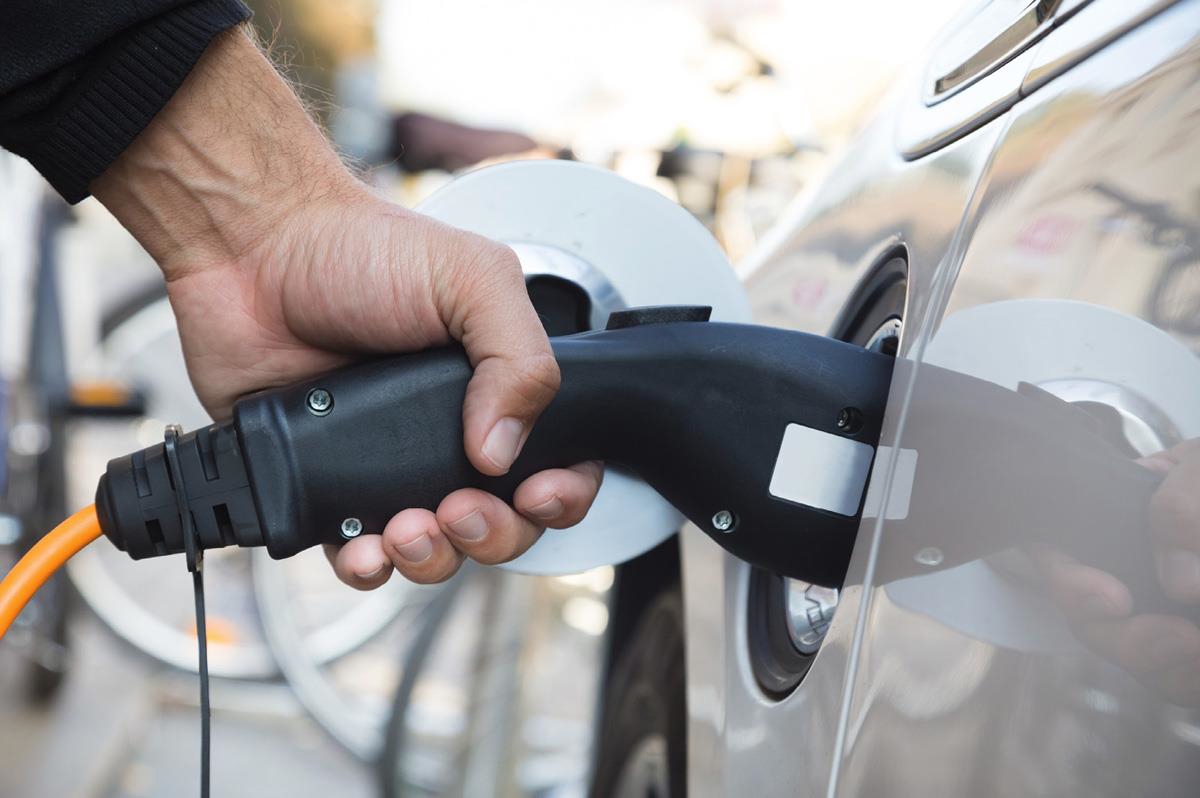Foreword

Image: Scandinavian Stockphoto
The government has ambitious goals to reduce Norwegian greenhouse gas emissions and Norway has accepted strict obligations through the Paris Agreement and agreements with the EU. The transport sector is a major source of emissions, and to reach our national goals and international obligations, emissions from transport must be reduced. A transition from fossil fuel-consuming to zero-emission vehicles is the single initiative that contributes the most and the government has clear goals for phasing in these types of vehicles. For passenger cars, zero emissions has for some time been synonymous with electricity and there are a significant number of passenger EVs in Norway. Additionally, for heavy vehicles, it is anticipated that electric power will become an important technology in the future. To ensure a sufficiently rapid phasing in of zero-emission vehicles, it is a premise that the charging infrastructure is established quickly enough to keep pace with vehicle development. This is the background for the Hurdal Platform plan, to present a national strategy for the development of rapid charging services.
The development of rapid charging services has up to this point been largely driven by the market on commercial terms, after a start-up phase with public subsidy for the deployment of charging infrastructure. Through the initiatives in the strategy, the government will help to ensure that this development can continue. Access to appropriate areas and sufficient capacity in the power grid are important premises for ensuring profitable deployment of rapid chargers, and the strategy presents initiatives that will contribute to this. In the capacity of planning and building authorities, municipalities also have a significant responsibility for allocating sufficient areas for the deployment of charging stations in their zoning plans.
The strategy also presents initiatives that will make rapid charging more user-friendly, and thereby electric vehicles more attractive.
The strategy has been developed in a cooperation between the Ministry of Transport, Ministry of Climate and Environment, Ministry of Local Government and Regional Development, Ministry of Petroleum and Energy, Ministry of Trade, Industry and Fisheries, Ministry of Children and Families and the Ministry of Finance. The Norwegian Public Roads Administration and the Norwegian Environment Agency have drafted the technical basis for the strategy. In the work on the strategy, we have received input from organisations, business operators, public authorities and others. We are grateful for all contributions.

Jon-Ivar Nygård
Minister of Transport

Espen Barth Eide
Minister of Climate and Environment

Kjersti Toppe
Minister of Children and Families

Jan Christian Vestre
Minister of Trade and Industry

Sigbjørn Gjelsvik
Minister of Local Government and Regional Development

Terje Aasland
Minister of Petroleum and Energy